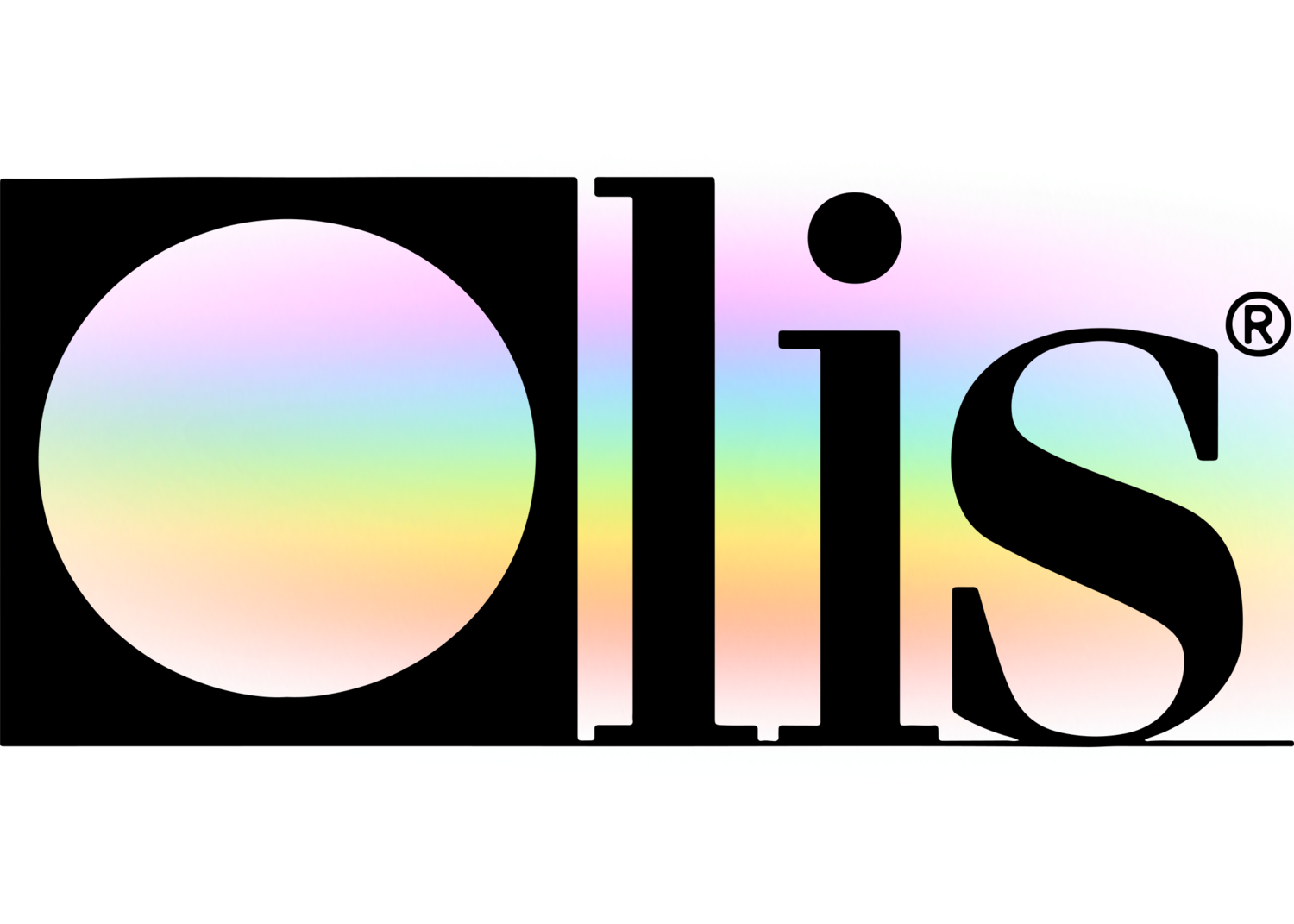The Ultimate Guide To Uv/vis
The Ultimate Guide To Uv/vis
Blog Article
Everything about Spectrophotometers
Table of Contents6 Easy Facts About Circular Dichroism ExplainedThe Definitive Guide to Uv/vis/nirIndicators on Uv/vis You Need To KnowGetting My Uv/vis/nir To WorkGetting The Circular Dichroism To Work

Spectrophotometry is a tool that hinges on the quantitative analysis of molecules depending on how much light is taken in by colored substances.
The Uv/vis PDFs
A spectrophotometer is commonly used for the measurement of transmittance or reflectance of services, transparent or opaque solids, such as refined glass, or gases. Lots of biochemicals are colored, as in, they absorb visible light and for that reason can be determined by colorimetric treatments, even colorless biochemicals can typically be transformed to colored substances appropriate for chromogenic color-forming reactions to yield substances appropriate for colorimetric analysis.: 65 However, they can likewise be designed to measure the diffusivity on any of the noted light varieties that normally cover around 2002500 nm utilizing different controls and calibrations.
An example of an experiment in which spectrophotometry is utilized is the determination of the balance constant of a solution. A specific chain reaction within a solution may occur in a forward and reverse instructions, where reactants form products and items break down into reactants. At some time, this chain reaction will reach a point of balance called a stability point.
The 9-Second Trick For Uv/vis/nir
The amount of light that passes through the service is indicative of the concentration of particular chemicals that do not permit light to go through. The absorption of light is due to the interaction of light with the electronic and vibrational modes of particles. Each type of particle has a private set of energy levels associated with the makeup of its chemical bonds and nuclei and thus will soak up light of particular wavelengths, or energies, leading to unique spectral properties.
They are commonly used in many markets including semiconductors, laser and optical production, printing and forensic examination, as well as in labs for the study of chemical substances. Spectrophotometry is frequently utilized in measurements of enzyme activities, decisions of protein concentrations, determinations of enzymatic kinetic constants, and measurements of ligand binding reactions.: 65 Ultimately, a spectrophotometer is able to identify, depending on the control or calibration, what substances are present in a target and precisely how much through calculations of observed wavelengths.
This would come as a solution to the formerly created spectrophotometers which were not able to absorb the ultraviolet correctly.
An Unbiased View of Circularly Polarized Luminescence
It would be found that this did not provide satisfying outcomes, therefore in Design B, there was a shift from a glass to a quartz prism which permitted for better absorbance results - circularly polarized luminescence (https://www.giantbomb.com/profile/olisclarity1/). From there, Model C was born with a modification to the wavelength resolution which ended up having three systems of it produced
It irradiates the sample with polychromatic light which the sample absorbs depending upon its homes. Then it is transmitted back by grating the photodiode selection which detects the wavelength area of the spectrum. Considering that then, the production and implementation of spectrophotometry gadgets has increased immensely and has actually become one of the most innovative instruments of our time.

About Circular Dichroism
Historically, spectrophotometers use a monochromator consisting of a diffraction grating to produce the analytical spectrum. The grating can either be movable or fixed. If a single detector, such as a photomultiplier tube or photodiode is utilized, the grating can be scanned stepwise (scanning spectrophotometer) so that the detector can determine the light intensity at each wavelength (which will correspond to each "step").
In such systems, the grating is fixed and the intensity of each wavelength of light is measured by a different detector in the selection. Additionally, most modern-day mid-infrared spectrophotometers utilize a Fourier change technique to obtain the spectral info - https://www.abnewswire.com/companyname/olisclarity.com_129679.html#detail-tab. This method is called Fourier change infrared spectroscopy. try this website When making transmission measurements, the spectrophotometer quantitatively compares the fraction of light that passes through a referral solution and a test option, then digitally compares the intensities of the 2 signals and computes the percentage of transmission of the sample compared to the referral standard.

Report this page